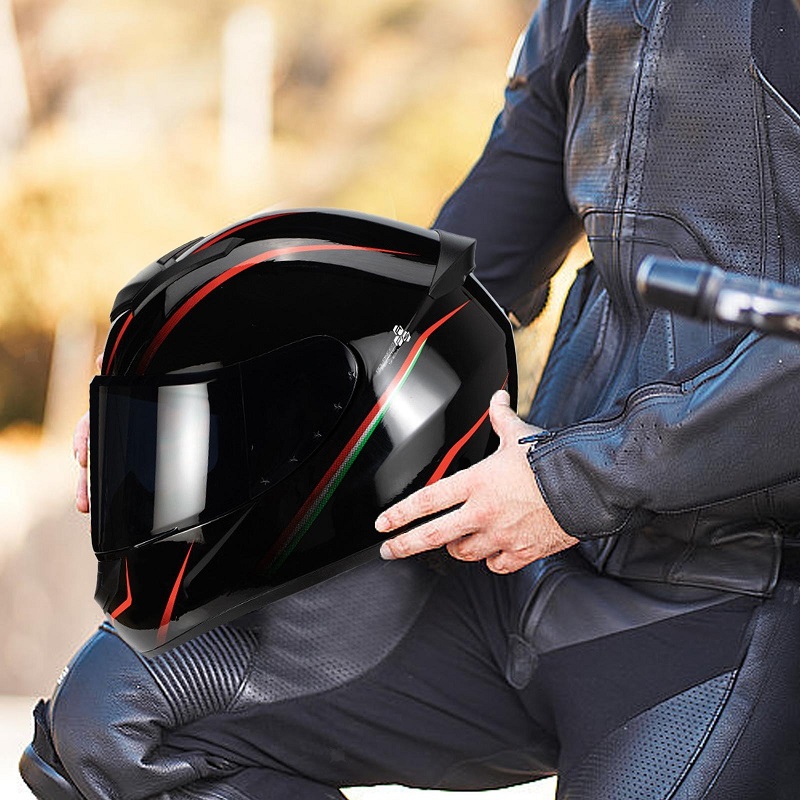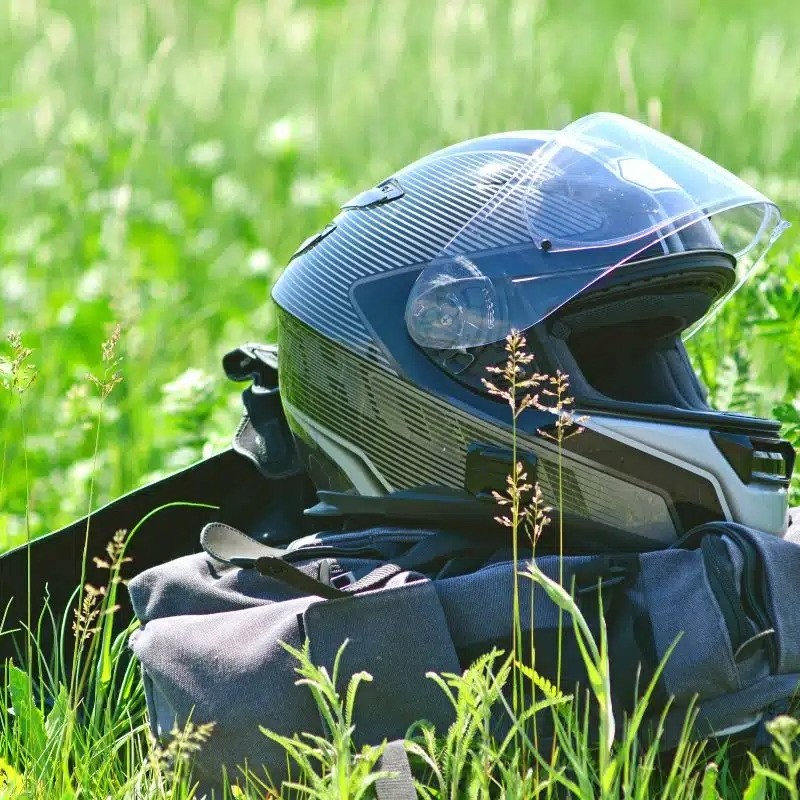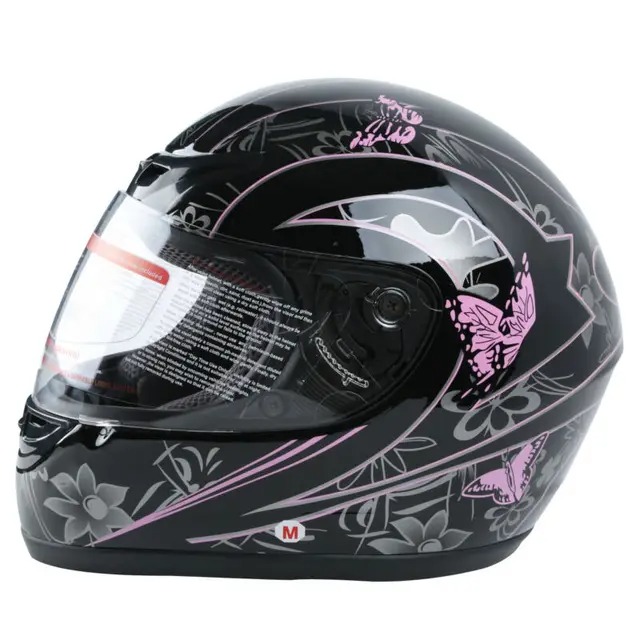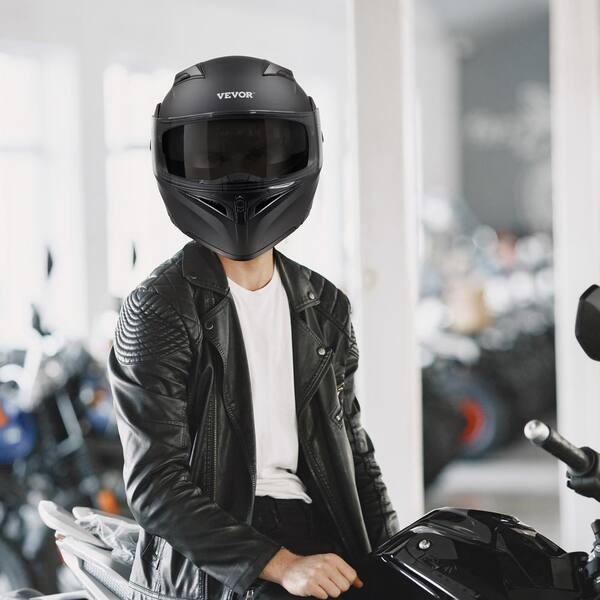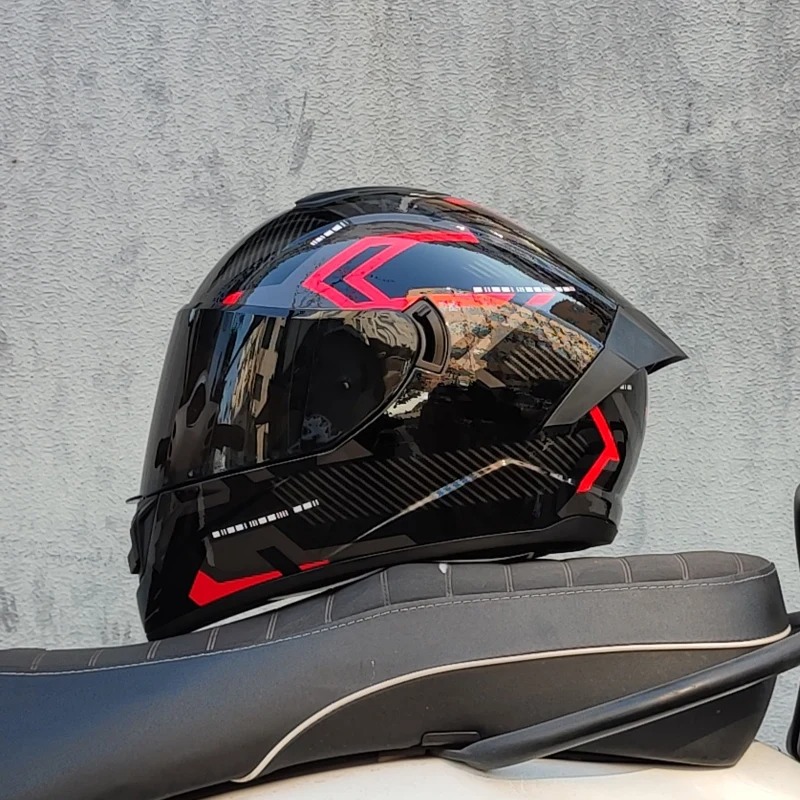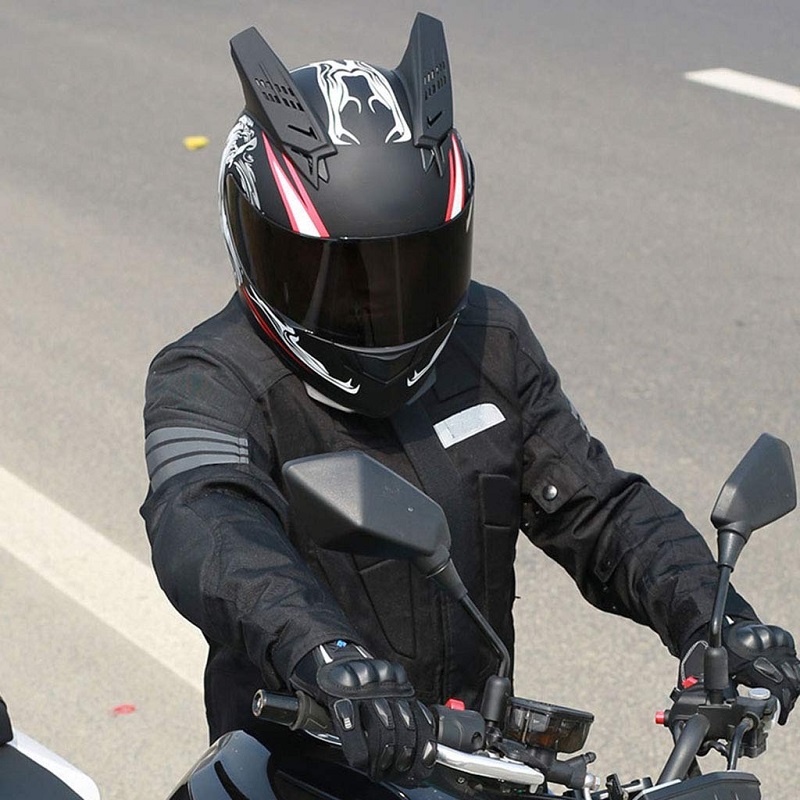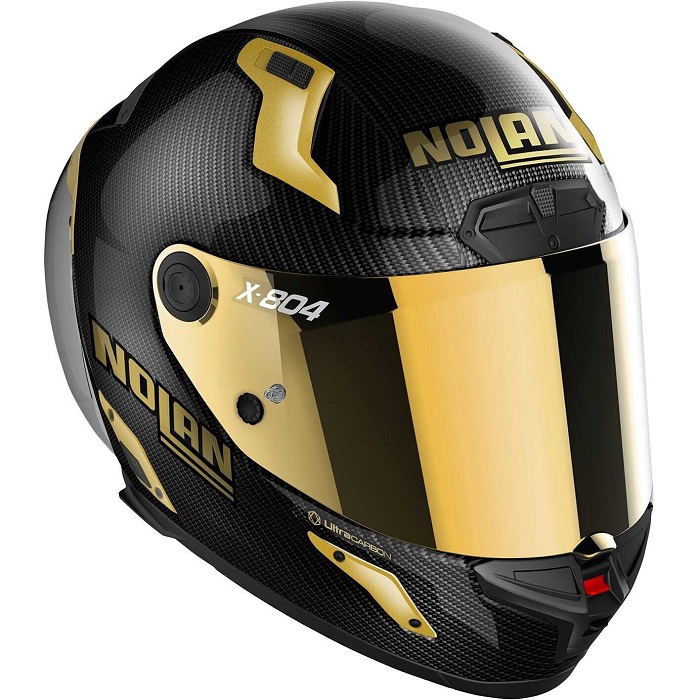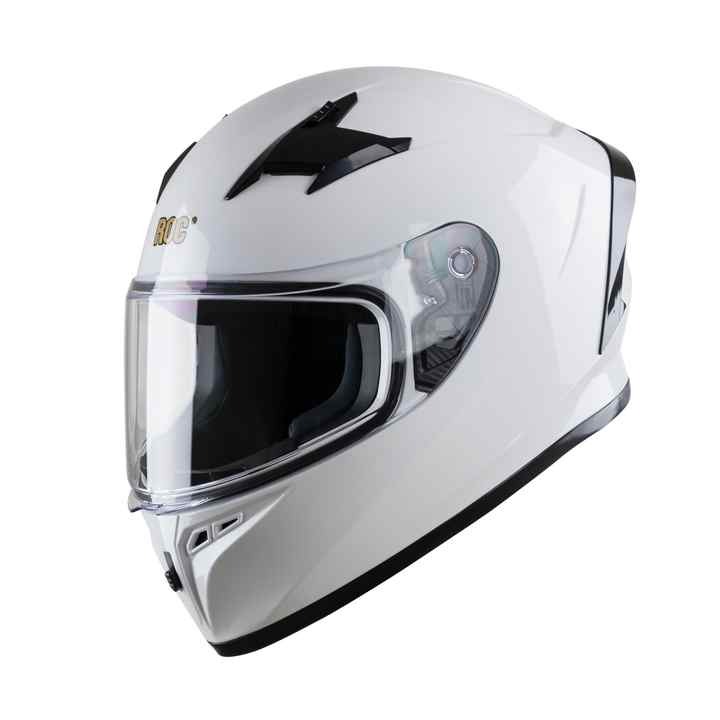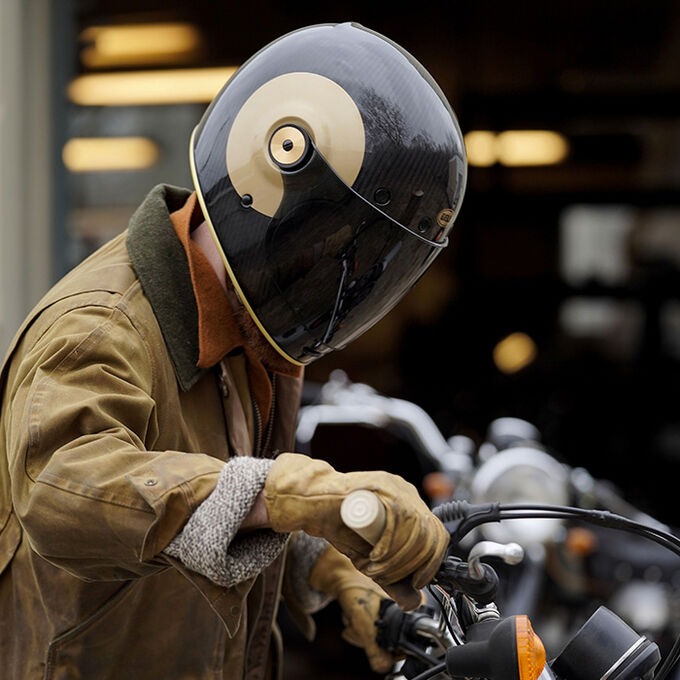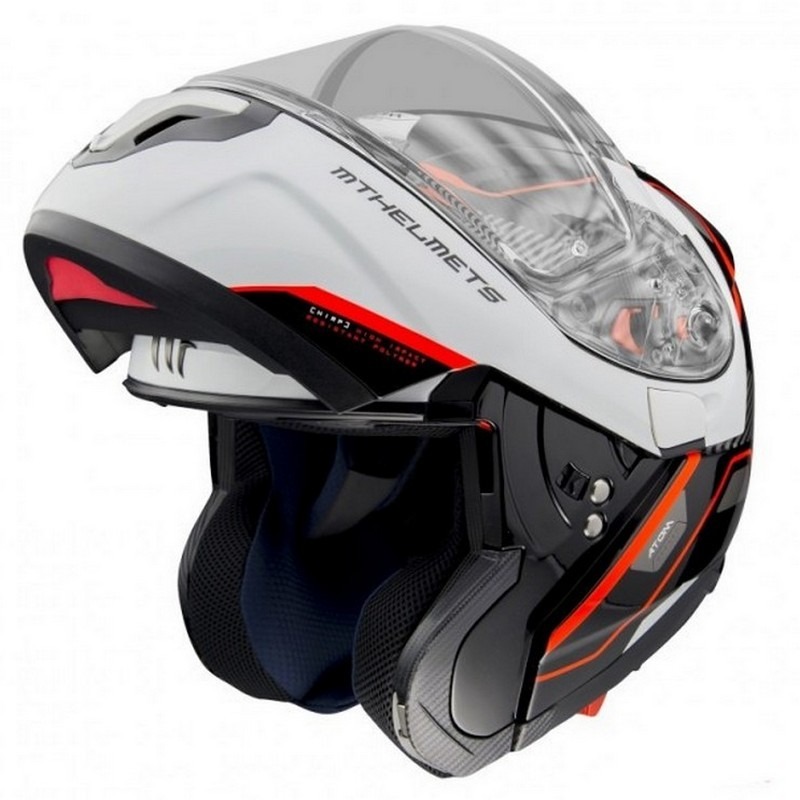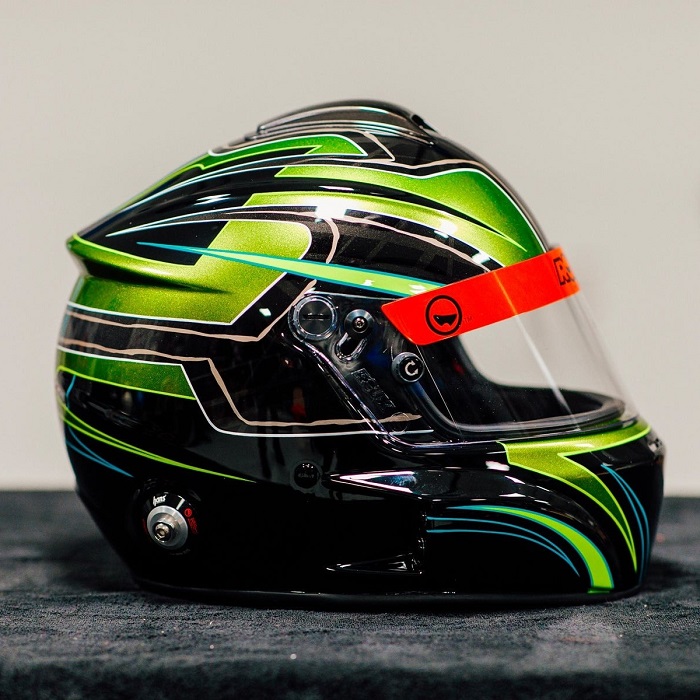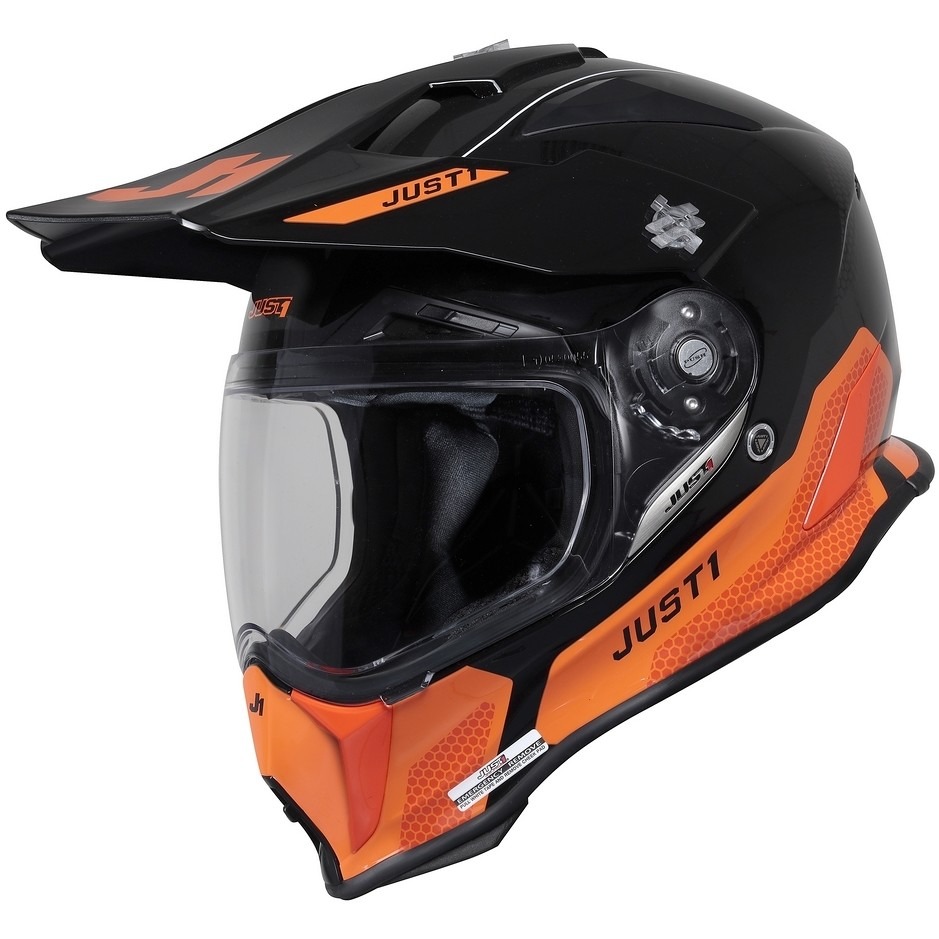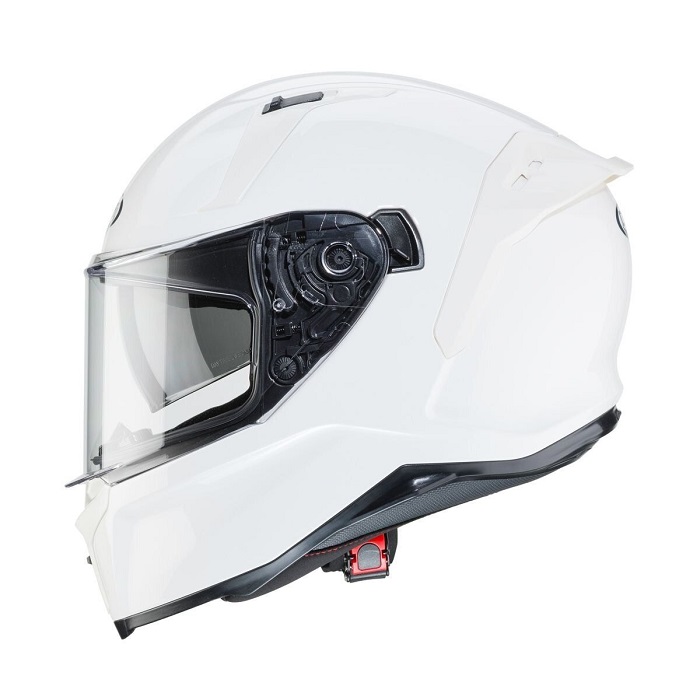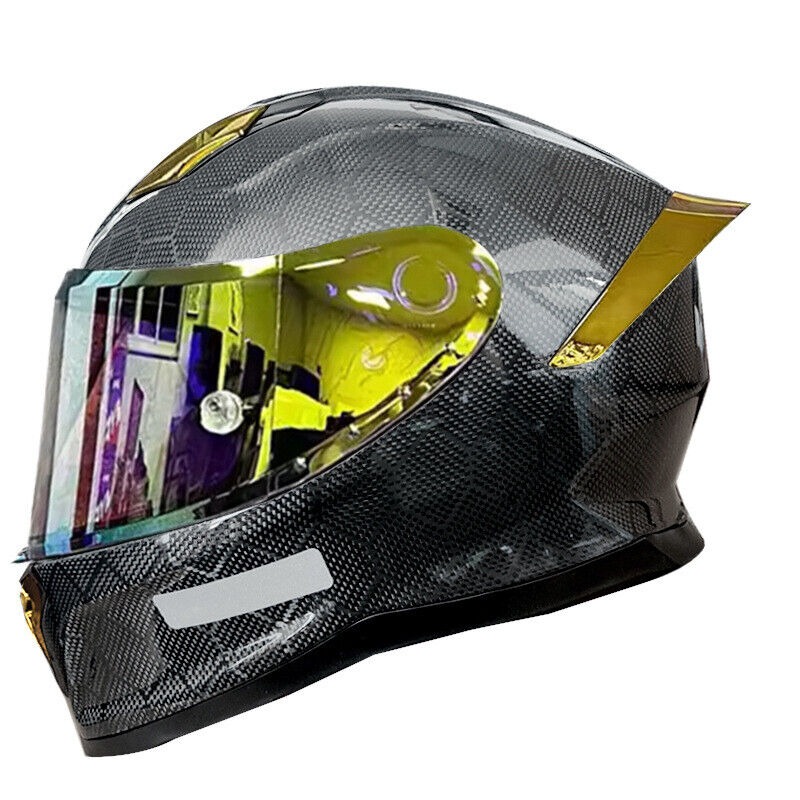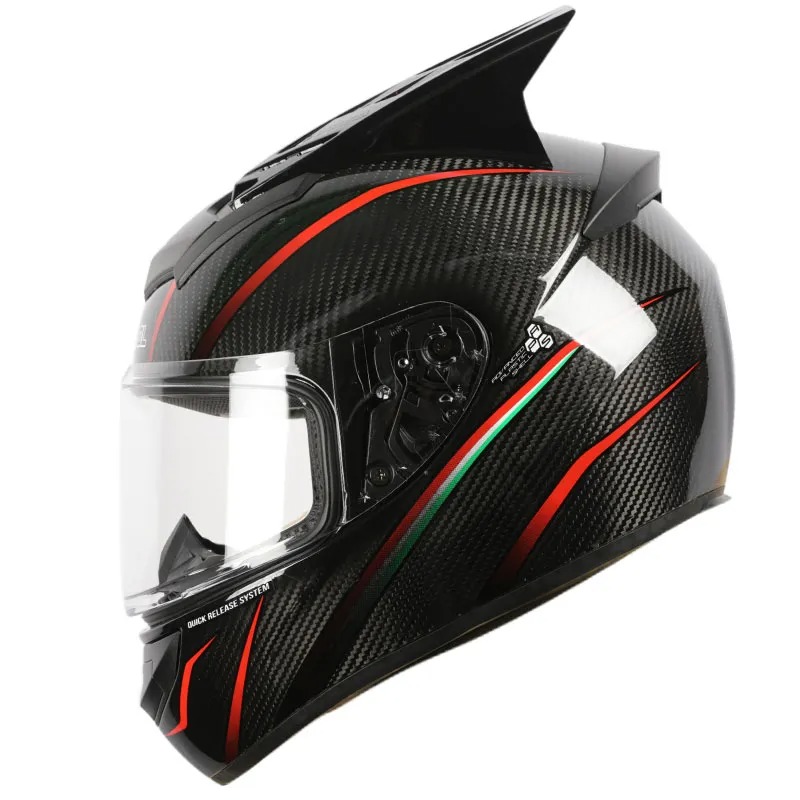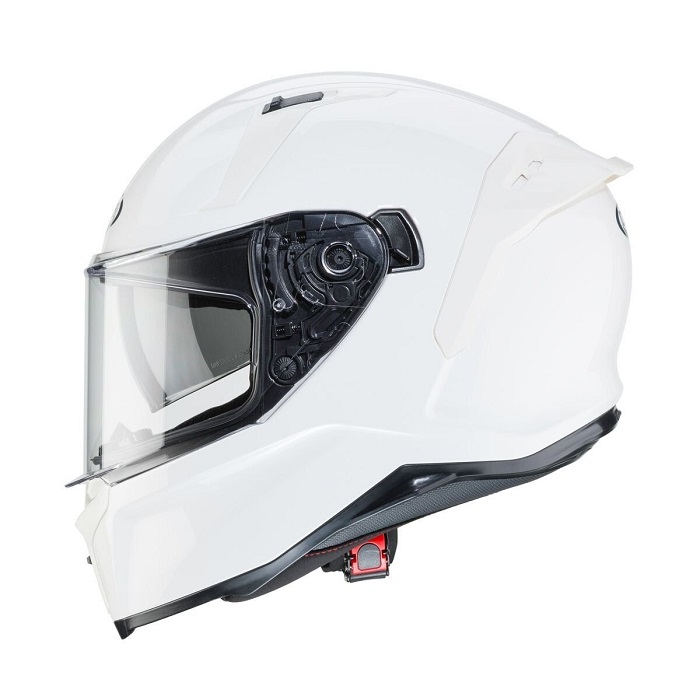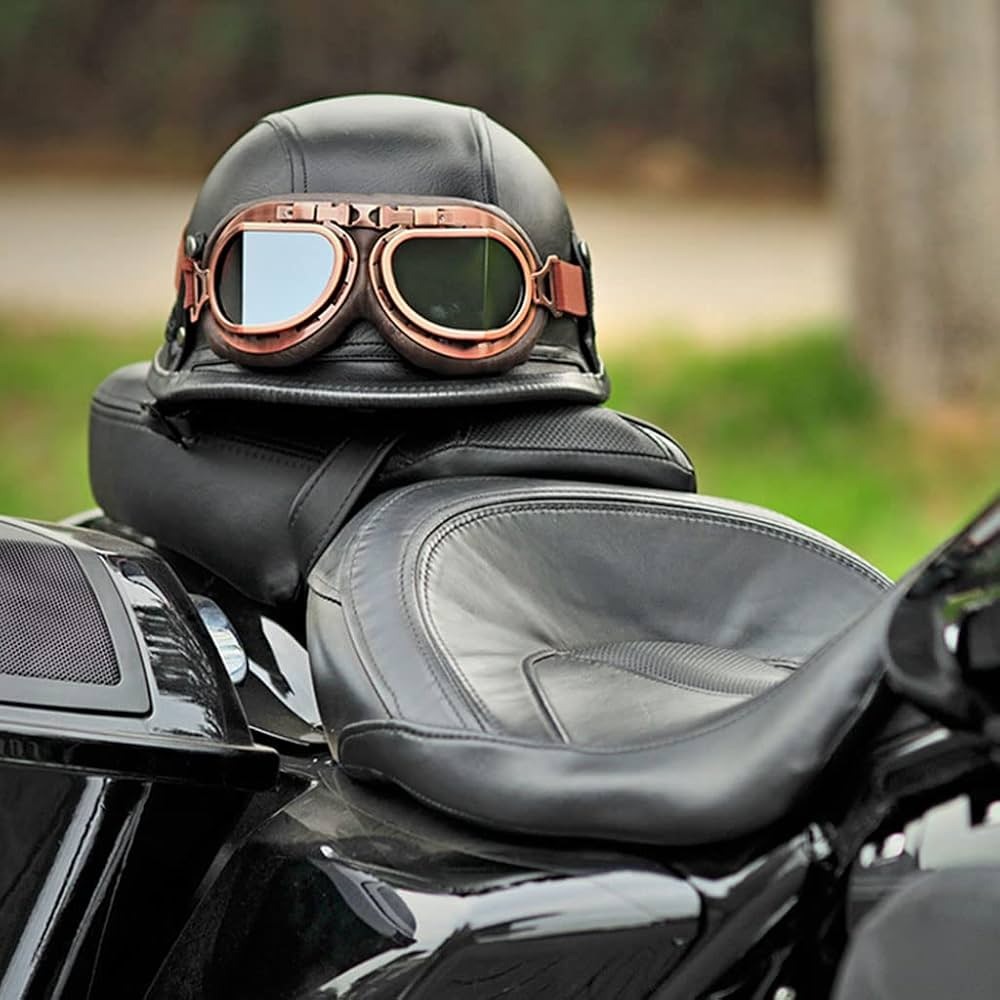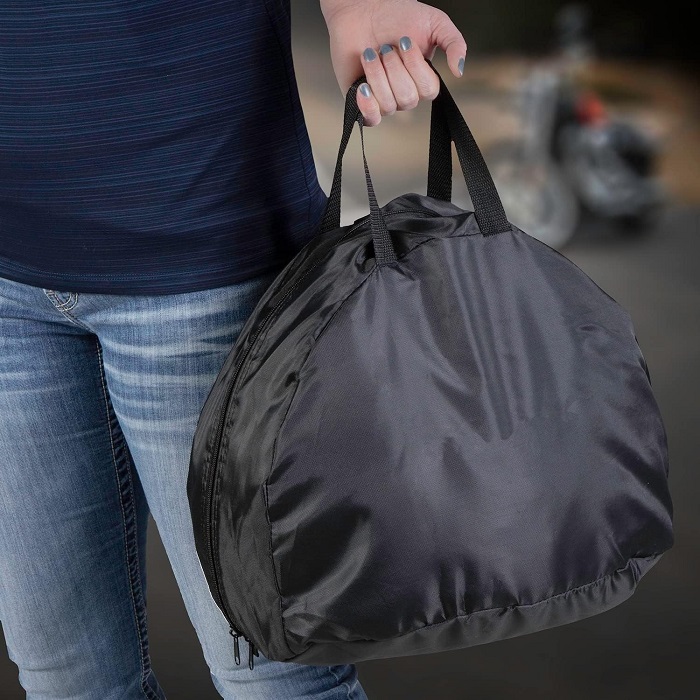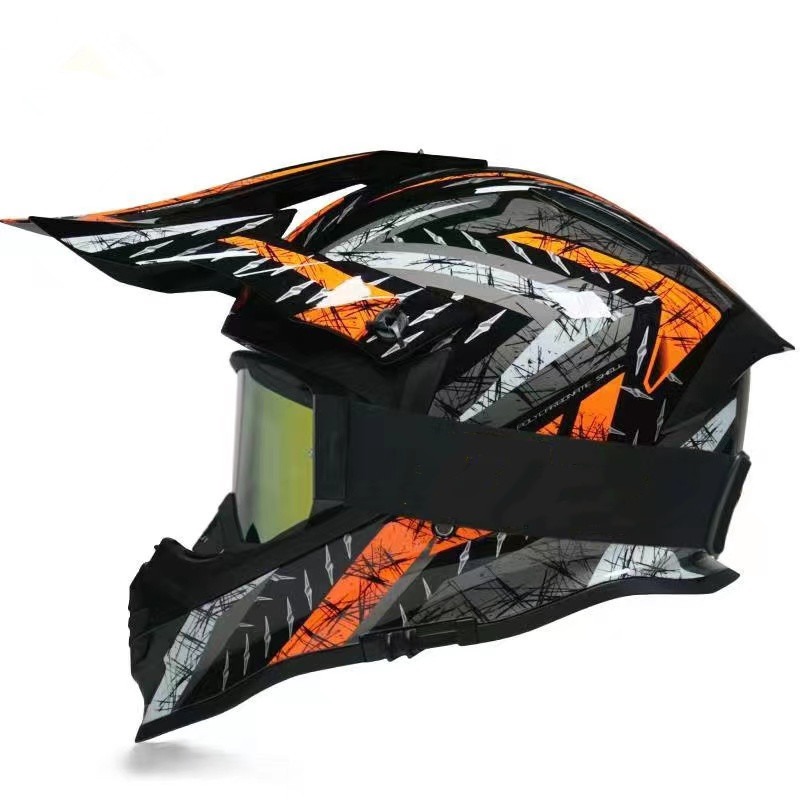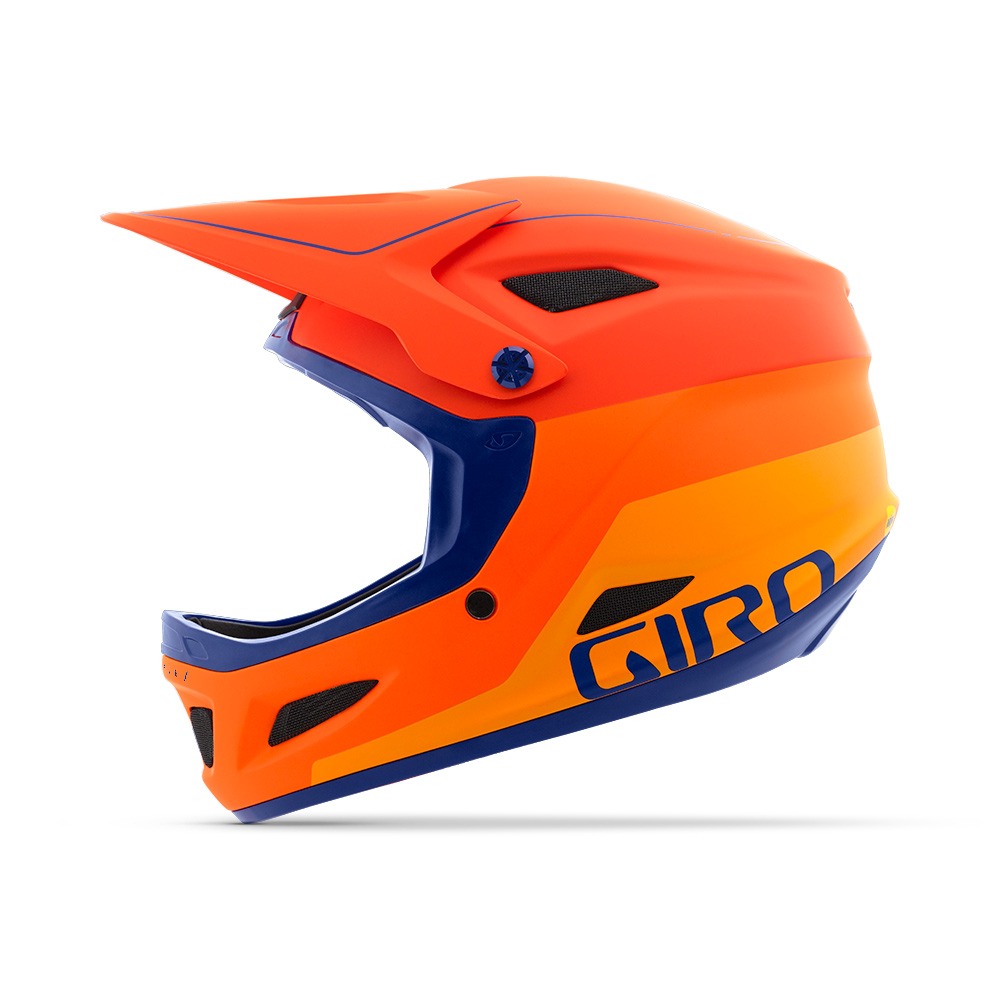Mar 3, 2025
How to Measure Head Size for Helmet – Step-by-Step Guide
Introduction to Helmet Sizing
Choosing the right helmet size is crucial for safety and comfort. When you ride a bike, motorbike, or participate in any sport requiring a helmet, the right fit matters. A helmet that’s too tight can be painful. One that’s too loose may not protect you properly during a fall.
To determine the perfect helmet fit, you need to know how to measure head size for helmet. This ensures the helmet will sit snugly on your head. A proper measurement reduces risks and increases your confidence while riding. Here, we’ll guide you through a detailed process. We’ll cover essential tips and tools for accurate head measurement.
Remember, even with correct size, a helmet’s shape and design can affect fit. Later sections will discuss different helmet shapes and how to align them with your head’s shape. We’ll also touch on adjusting the helmet for optimal security, so stay tuned as we delve deeper into ensuring a perfect helmet fit.
Essential Tools for Measuring Your Head
Before you start the process of how to measure head size for helmet, gather the essential tools. You will need a soft measuring tape. Fabric or cloth tapes are best as they conform to your head’s shape easily. If you don’t have one, you can use a string or ribbon and a ruler. Later, you place the string against a ruler to get the measurement. A mirror can also be helpful. It lets you see that you position the tape correctly. Make sure the measuring tape, string, or ribbon is flexible. It must wrap neatly around your head without twisting. A hair tie or clip can help if you have longer hair. It keeps your hair out of the way for a more precise measurement. A notepad and pen are also good to have on hand. You can write down the measurement right away. This stops you from forgetting the figures. Have a friend help you for accuracy. They can ensure the tape is level and snug as you measure. These simple tools are all you need to begin measuring your head size for a helmet.
Step-by-Step Guide to Measuring Head Circumference

To ensure a helmet fits well, follow these steps to measure your head accurately. Use a mirror and work with a friend for added accuracy.
- Position the Tape Correctly: Start by placing one end of the measuring tape in the middle of your forehead. It should sit just above your eyebrows. This is approximately one inch above your ears.
- Wrap the Tape Around Your Head: Wrap the measuring tape around your head. Follow the largest part of the back of your head. Keep the tape above your ears. It should be at the same level all the way around.
- Keep the Tape Snug, Not Tight: The tape should be snug but not too tight. You want the helmet to fit comfortably. It should not cause a headache.
- Read the Measurement: Once the tape is in place, check the measurement where the tape overlaps. Do this in front of a mirror or ask a friend to read it out for you.
- Write Down the Measurement: Immediately write down what you find. Use your notepad and pen. This will ensure you remember the correct size.
- Double Check: To be sure, repeat the process once more. Compare both measurements. They should match. If not, measure a third time to confirm.
By following this guide on how to measure head size for helmet, you’ll find a helmet that fits just right. Proper measurement is the first step in staying safe on your rides.
Understanding Helmet Size Charts
After you measure your head, the next step is to understand helmet size charts. These charts come with every helmet. They show the corresponding helmet sizes for different head measurements. Use the chart to find where your head measurement fits.
Here’s how to use a helmet size chart effectively:
- Locate Your Measurement: Find your head circumference on the chart. This is the number you wrote down.
- Match It to a Helmet Size: Look across the chart to find the helmet size that aligns with your measurement. This will typically be a small, medium, large, or extra-large.
- Consider Brand Variations: Remember, helmet sizes can vary by brand. Check multiple charts to ensure the best fit.
- Look for Additional Sizing Information: Some charts include extra details. These may be about helmet shape or specific fitting tips. Take note of these to refine your choice.
- Use the Size as a Starting Point: Think of the size as a guide, not a final decision. You’ll still want to try on the helmet to confirm the fit.
Understanding helmet size charts is critical when selecting the right helmet. It helps narrow down options before you try them on. This ensures a more efficient and successful search for the perfect helmet fit.
Tips for Selecting the Right Helmet Shape
Selecting the right helmet shape is as vital as sizing. Helmet shapes differ and can affect how a helmet fits your head. Here are some tips to help you pick the right one:
- Know Your Head Shape: Heads come in different shapes such as round, oval, or egg-shaped. Identify your head shape by looking in the mirror or asking a friend.
- Match Helmet to Head Shape: Choose a helmet that fits the contour of your head. Brands often design helmets for specific head shapes. Find a match for comfort and security.
- Check Manufacturer Descriptions: Read product descriptions carefully. Manufacturers usually indicate the best head shape for their helmet models.
- Try on Several Models: The best way to find your fit is to try different helmets. Wear each one to feel how it sits on your head.
- Look for Reviews: Online reviews can be helpful. See what others with a similar head shape have to say about the fit.
- Consult with Experts: If in doubt, talk to professionals at the store. They can provide valuable advice on helmet shapes.
By considering your head shape and following these tips, you’ll find a helmet that fits well. It will not pinch or feel loose. Remember, the right shape enhances safety and comfort while wearing a helmet.
Ensuring a Comfortable Fit: Do’s and Don’ts
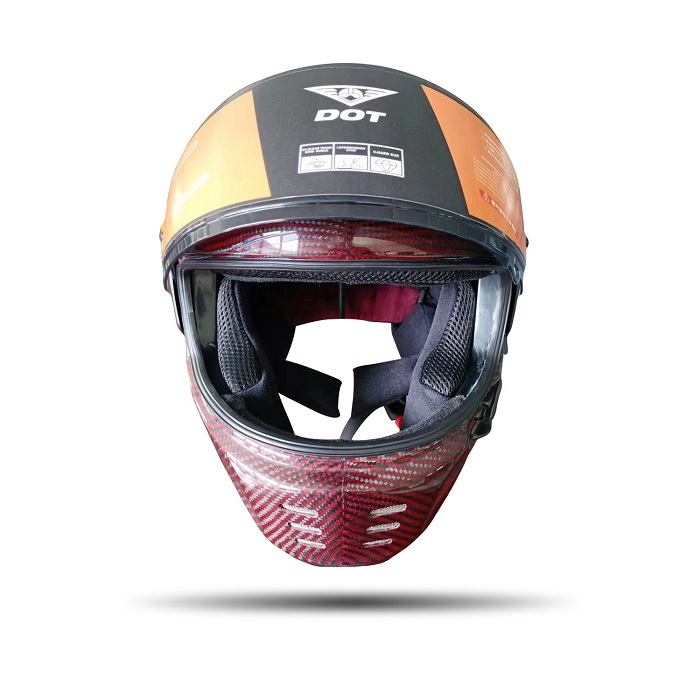
To guarantee comfort while wearing your helmet, keep in mind these do’s and don’ts:
Do’s:
- Check for Pressure Points: After putting on the helmet, make sure there are no pressure points. These can cause discomfort over time.
- Adjust Straps and Padding: Use the helmet’s adjustable straps and interior padding to get a snug fit that’s not too tight.
- Test the Helmet’s Movement: Nod and shake your head. A good fit means the helmet moves with you without sliding or wobbling.
- Wear it for a While: Before deciding on a helmet, wear it around the store for at least 10 minutes. This will help you notice any discomfort.
Don’ts:
- Ignore Your Measurements: Always refer back to your head measurement when choosing a helmet to avoid a poor fit.
- Skip the Size Chart: Don’t forget the helmet size chart. It’s a critical guide in selecting the right helmet size.
- Overlook the Return Policy: Make sure you can return or exchange the helmet if it doesn’t fit right once you get home.
- Neglect a Test Ride: If possible, test the helmet in a real riding situation. This is often the best way to ensure a comfortable fit.
Adhering to these do’s and don’ts will assist you in finding a helmet that fits well and feels comfortable during your rides. This is essential for your enjoyment and safety.
Adjusting the Helmet for Optimal Security
After finding the right helmet size, the next step is how to adjust it for security. Properly adjusted helmets are key for maximum protection and comfort. The following steps will help you fine-tune the fit of your helmet:
- Align the Helmet Properly: The helmet should sit level on your head. It should not tilt back or forward.
- Adjust the Side Straps: Make sure the straps form a ‘V’ shape under and slightly in front of the ears.
- Secure the Chin Strap: The strap should fit snugly under your chin. You should be able to fit only one or two fingers between the strap and your chin.
- Check the Buckle: The buckle should fasten securely without too much effort. It should not pinch your skin.
- Test the Fit: Gently push up the helmet from the back. If it moves significantly, tighten the straps. If it presses down too much, loosen them a bit.
- Do a Final Check: Nod your head up and down, and shake it side to side. The helmet should stay put with each motion.
Adjusting your helmet is crucial each time you wear it. Straps can loosen over time. Always double-check before you ride. Keep the helmet snug but comfy. If discomfort or slipping occurs, readjust the straps. If you can’t get a good fit, consider a different helmet. Safety comes first, so take the time to ensure your helmet is as secure as possible.
When to Replace Your Helmet: Signs of Poor Fit Over Time

Over time, helmets can lose their shape and become less effective at protecting you. It’s important to know when it’s time to replace your helmet. Here are several signs that your helmet may not fit as well as it used to:
- Looser Fit: If your helmet feels looser than when you first bought it, it might be time for a new one.
- Damaged Padding: Check the interior padding. If it’s compacted or damaged, the helmet won’t provide the same level of protection.
- Worn Straps: If the straps look frayed or the buckles don’t fasten as they should, replace the helmet.
- Cracks or Dents: Visible cracks or dents on the outside of the helmet are sure signs it’s time for a new one.
- Past the Expiration Date: Helmets have a lifespan. Many manufacturers recommend replacing your helmet every three to five years.
- After a Crash: Always replace your helmet after any impact, even if no damage is visible. The helmet’s ability to protect has likely been compromised.
- Discomfort: If you notice any discomfort that wasn’t there before, the helmet may no longer fit properly.
- Overdue for an Upgrade: If newer helmets on the market offer better safety features, consider upgrading to maintain optimal protection.
Regular inspections can extend your helmet’s life, but don’t put your safety at risk with a poor-fitting helmet. Replace it as needed to ensure ongoing protection and comfort.
More Details